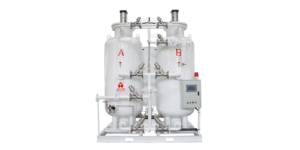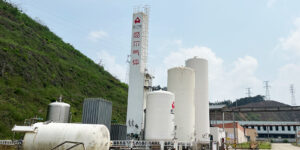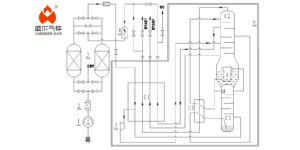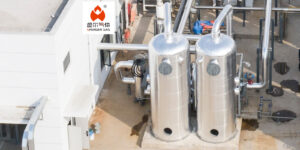Cryogenic air separation distillation towers are indispensable in the production of industrial gases, which are used across a myriad of sectors—from medical to metal processing, to food packaging. The key to the effective separation of gases such as oxygen, nitrogen, and rare gases lies in the precise design and operation of these towers. By delving into data analysis, we can gain a deeper understanding of the efficiency and efficacy of air separation distillation towers.
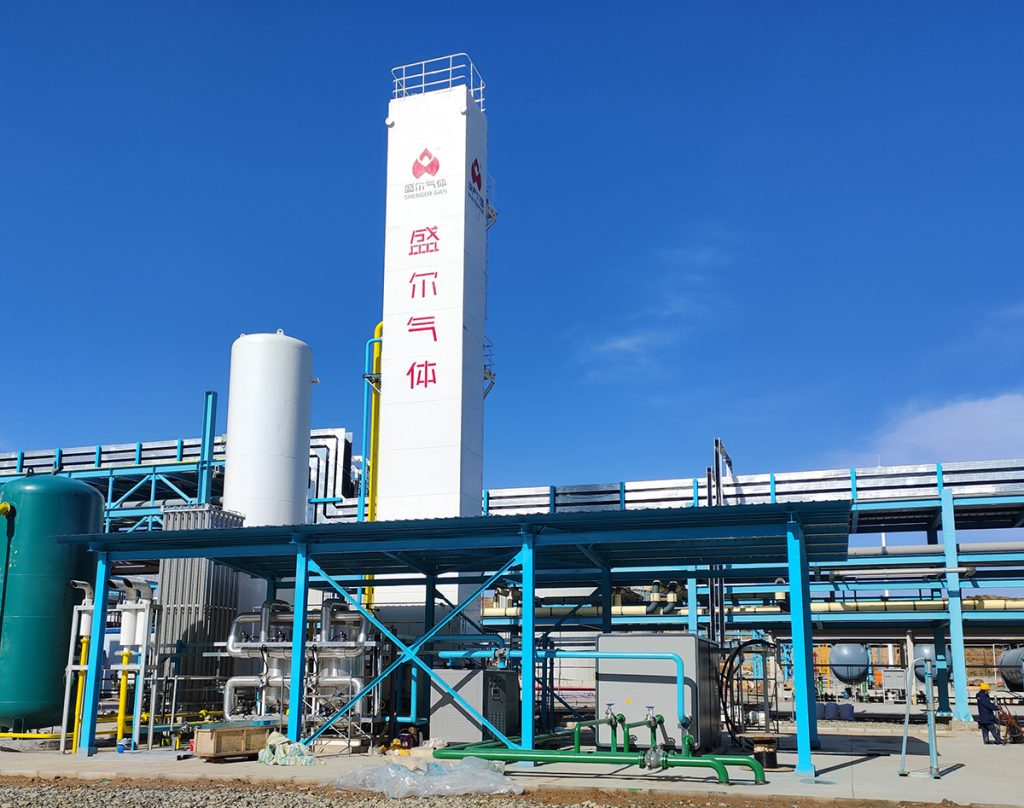
Separation Efficiency of Distillation Towers
The design of a distillation tower dictates its separation efficiency, which can be measured by the separation factor and purity. The separation factor refers to the ratio of gas component concentrations at different heights within the tower. Ideally, the separation factor for oxygen and nitrogen should be high to produce purities above 99.5%. Industry data indicates that modern distillation towers typically achieve oxygen purity levels of over 99.7% and nitrogen purity levels of 99.999%, which is critical for applications requiring high-purity gases.
Energy Consumption and Operating Costs
The operational costs of air separation distillation towers primarily include energy consumption and maintenance expenses. Energy consumption is usually directly related to the energy required to compress air. According to energy management data, the energy consumption of air separation distillation accounts for 60%-70% of the total energy consumption of the air separation process. Therefore, optimizing the energy efficiency of distillation towers is crucial for reducing operational costs. Advanced heat exchange and compression technologies have been shown to significantly reduce energy consumption by up to 30%.

Application of Automation and Control Systems
The application of automation technology is vital for enhancing the separation efficiency and reliability of air separation distillation towers. With real-time monitoring and data analysis, automatic control systems can precisely adjust operational parameters such as flow rate, pressure, and temperature. This fine-tuned control ensures the stability of the gas separation process, thereby improving the consistency and quality of the products. For instance, by implementing advanced control strategies, operators can maximize production with minimal energy consumption, with data indicating an overall efficiency improvement of 5% to 10%.
Future Development Trends
With technological advancements, the design and operation of air separation distillation towers will continue to evolve towards greater efficiency and environmental friendliness. For example, distillation towers integrating solar energy technologies are under development, aiming to reduce the use of fossil fuels by harnessing renewable energy. Additionally, advancements in material science will further improve thermal exchange efficiency and separation performance with new types of tower trays and packing materials.
Conclusion
In-depth data analysis reveals the high efficiency and potential of air separation distillation towers in effectively separating gases. Future developments will focus on increasing energy efficiency and reducing environmental impact while maintaining the high purity and volume of gas products. As technological innovations continue, air separation distillation towers will maintain their central role in global industrial production.



